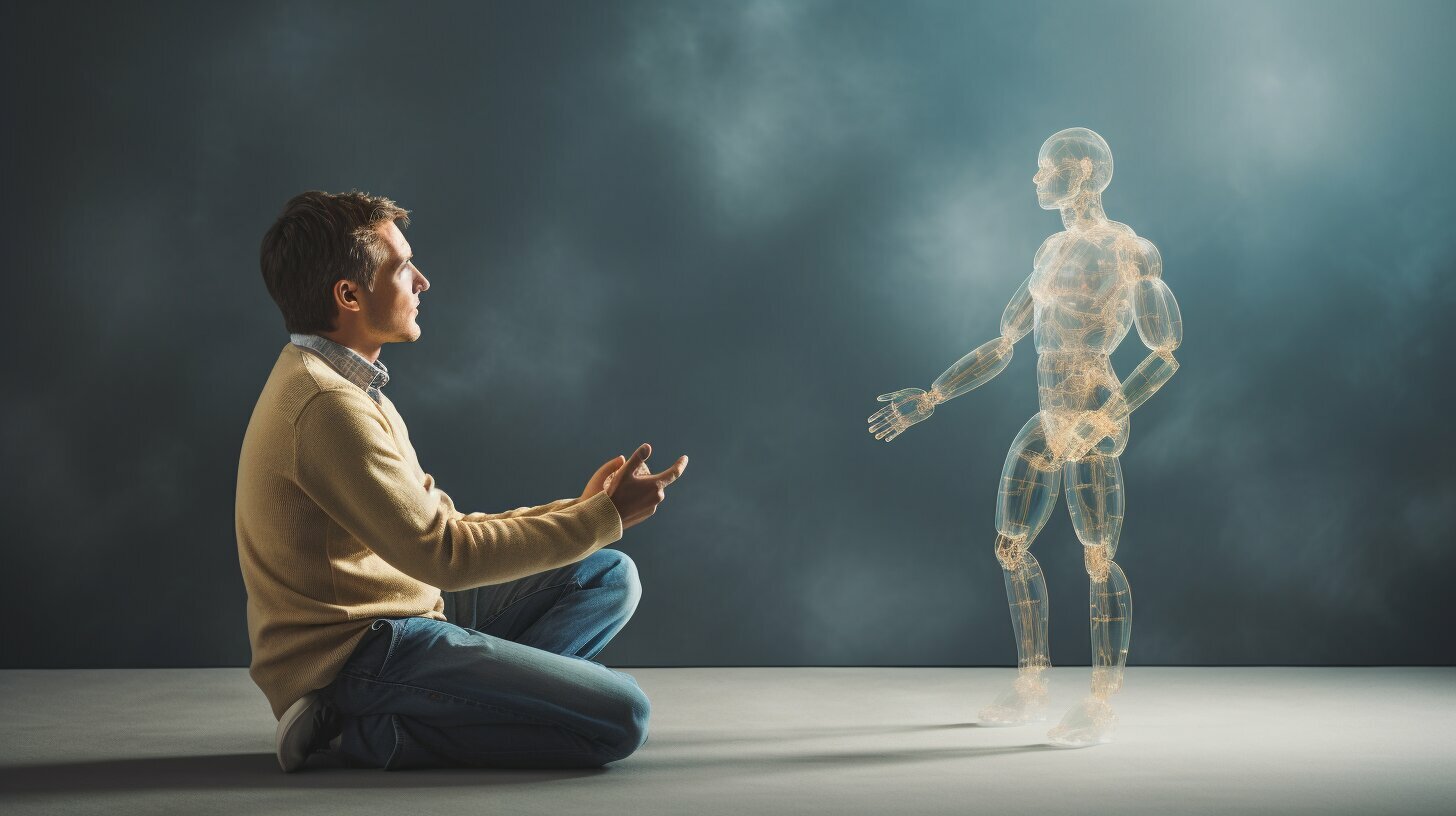Science can be a fascinating subject for kids, but some concepts can be difficult to understand. Newton’s Second Law is one such concept that might seem overwhelming at first. However, with a simplified and fun approach, you can teach your child this important principle of physics.
Newton’s Second Law states that the force acting on an object is equal to its mass times acceleration. In simpler terms, it means that the harder you push an object, the faster it will go, and the heavier it is, the harder it is to move.
In this article, we will break down Newton’s Second Law into easy-to-understand parts and provide visual aids and fun experiments to help your child grasp the concept. We will also explore real-life examples of the law, from sports to space exploration.
Key Takeaways:
- Newton’s Second Law states that force is equal to mass times acceleration.
- Teaching physics concepts to children can be simplified and engaging.
- Visual aids and hands-on experiments can make learning Newton’s Second Law fun.
- Understanding Newton’s Second Law can help children comprehend the world around them.
What is Newton’s Second Law?
Newton’s Second Law is a physics concept that helps us understand how objects move and how forces affect that movement. It states that the acceleration of an object is directly proportional to the force applied to it and inversely proportional to its mass. This means that the more force you apply to an object, the faster it will accelerate, and the more massive the object is, the slower it will accelerate.
To put it simply, Newton’s Second Law can be summarized in this equation: F = ma, where F is force, m is mass, and a is acceleration. This equation helps us understand the relationship between force, mass, and acceleration, and how they affect each other.
For example, if you push a toy car with the same amount of force as you push a heavier car, the lighter car will accelerate faster than the heavier car because it has less mass. On the other hand, if you push the same toy car with more force, it will accelerate faster because you are applying more force to it.
Understanding Newton’s Second Law is essential in learning about motion and physics. In the next section, we will explore force and motion in more detail and how they relate to this law.
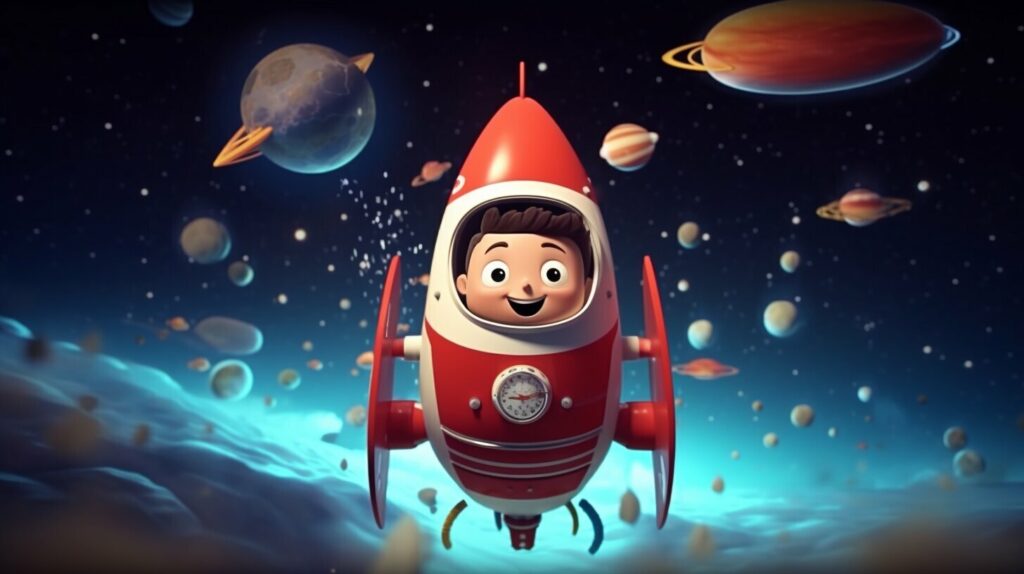
Understanding Force and Motion
Now that you know what Newton’s Second Law is all about, let’s dive deeper into its concepts of force and motion.
| Concept | Explanation |
|---|---|
| Force | Force is a push or pull that can change the motion of an object. It is measured in units called Newtons (N). |
| Motion | Motion is the movement of an object. It is measured in units called meters per second (m/s). |
Now, imagine you are playing with a toy car. If you push the car gently, it will move slowly. But if you give it a harder push, it will move faster. This is an example of how force and motion are related.
Another way to think about force and motion is to imagine a ball sitting on a flat surface. Without any force acting on it, the ball will remain stationary. But if you apply a force, such as kicking the ball, it will move in the direction of the force.
Understanding force and motion is essential to comprehending Newton’s Second Law. In the next section, we will explore the equation behind the law: F = ma.
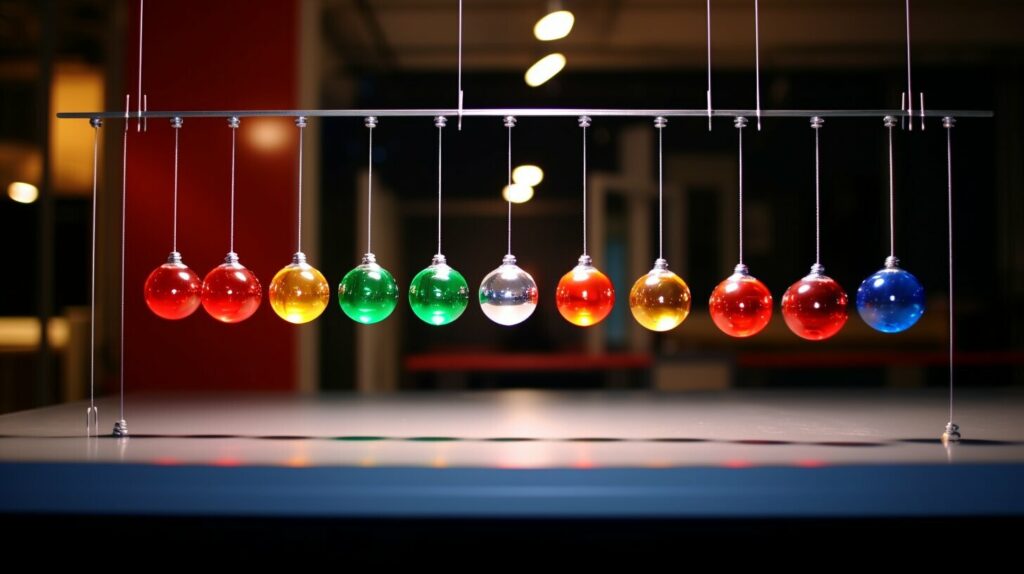
The Equation: F = ma
Now that you understand the relationship between force and motion, it’s time to dive into the equation that represents Newton’s Second Law: F = ma.
The equation may seem intimidating at first, but let’s break it down:
| F | = | ma |
|---|---|---|
| Force | = | mass x acceleration |
In other words, the amount of force applied to an object is directly proportional to the object’s mass and acceleration. If you apply more force, the object will move faster. If the object is heavier, it will require more force to move it.
Let’s say you’re pushing a toy car. If you push it harder (increase the force), it will move faster (increase the acceleration). If you put a heavier toy car in front of you, you’ll need to push harder (increase the force) to move it at the same speed (increase the acceleration).
Remember, the equation F = ma is just a way to express Newton’s Second Law in a mathematical form. However, it’s important to understand the concept behind the equation so you can apply it to real-life situations.
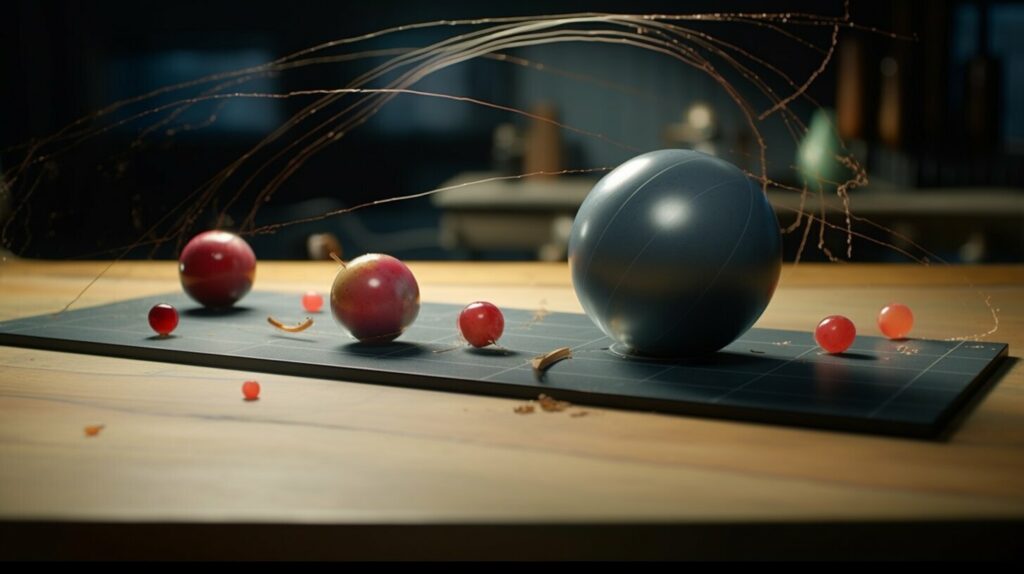
Applying Newton’s Second Law
Now that you understand what Newton’s Second Law is and how it works, let’s explore how it applies to everyday scenarios. Take a look at these examples to see how force and motion work together:
| Example | Explanation |
|---|---|
| Pushing a shopping cart | When you push a shopping cart, you apply force to it. The greater the force you apply, the faster the cart will move. |
| Riding a bike uphill | When you ride a bike uphill, you need to apply more force to pedal and overcome the force of gravity pulling you and the bike down the hill. |
| Playing on a swing | When you swing, you apply force to the swing with each pump of your legs. This force causes the swing to move back and forth. |
These examples demonstrate how an object’s motion is affected by the force applied to it. With Newton’s Second Law, we can predict how an object will move based on the size and direction of the force applied to it.
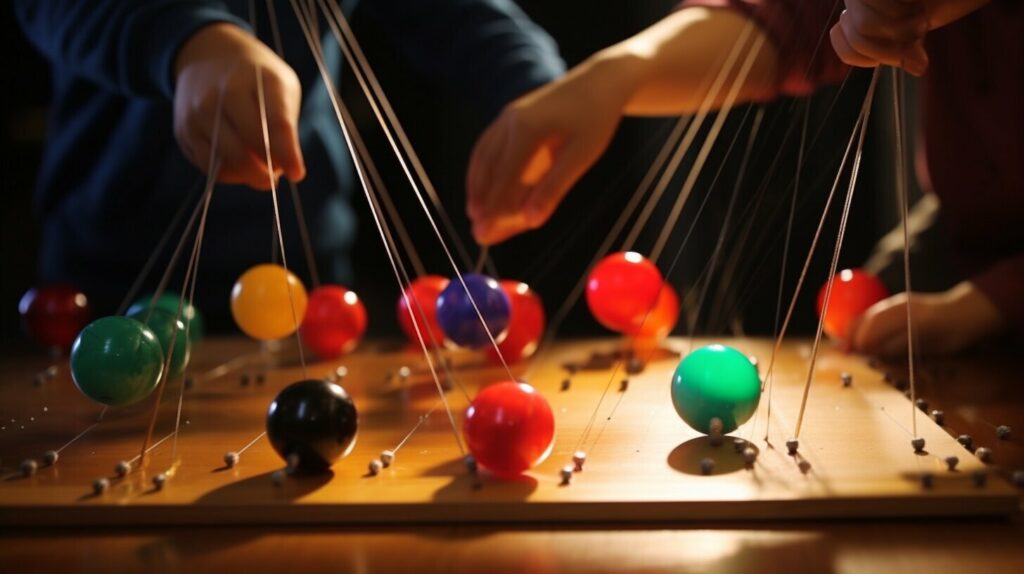
Another fun way to apply Newton’s Second Law is through the use of a Newton’s Cradle. This classic scientific toy demonstrates the transfer of energy as a series of metal balls bounce back and forth. Give it a try and see how it works!
Visualizing Newton’s Second Law
Visual aids, such as diagrams and illustrations, can help you understand Newton’s Second Law even better. For example, you can think of a ball rolling down a hill. The force of gravity pulls the ball down the slope, while the friction between the ball and the ground slows it down.
Another way to visualize the relationship between force and motion is to imagine pushing a toy car. The amount of force you apply determines how fast the car moves. The heavier the car, the more force you need to make it move.

As you can see in the image above, an object’s acceleration depends on the net force acting upon it and its mass.
You can also create your own visual aids to help you understand Newton’s Second Law. For example, you can set up an experiment to see how different amounts of force affect the motion of a toy car. Use a ramp or incline to create a slope, and try pushing the car with different amounts of force. Observe how the car’s speed and distance traveled change with each push.
By visualizing Newton’s Second Law, you can gain a deeper understanding of the relationship between force and motion and how it applies to objects in the world around us.
Fun Experiments to Demonstrate Newton’s Second Law
Learning about Newton’s Second Law doesn’t have to be boring! Try out these fun experiments at home to see the law in action:
| Experiment | Materials Needed |
|---|---|
| Rolling Objects | Marbles, ramp, tape |
| Paper Airplanes | Paper, scissors, tape |
| Balloon Rockets | Balloon, string, straw, tape |
Rolling Objects: Set up a ramp using a board or cardboard and tape. Place marbles at the top of the ramp and watch them roll down. Try changing the angle of the ramp to see how it affects the speed of the marbles. This experiment demonstrates how gravity and force can affect an object’s motion.
Paper Airplanes: Fold paper into different airplane shapes and test their flight. Try modifying the shape of the wings or adding weight to the airplanes to see how it changes their flight path. This experiment demonstrates how air resistance and force can affect an object’s motion.
Balloon Rockets: Blow up a balloon and tape a straw to it. Tie a string between two points and thread the straw through it. Let go of the balloon and watch it race along the string. Try changing the length of the string or the amount of air in the balloon to see how it affects the balloon’s speed. This experiment demonstrates how force and air resistance can affect an object’s motion.
Remember to have fun and be creative with these experiments! It’s a great way to learn about physics while also having a blast.
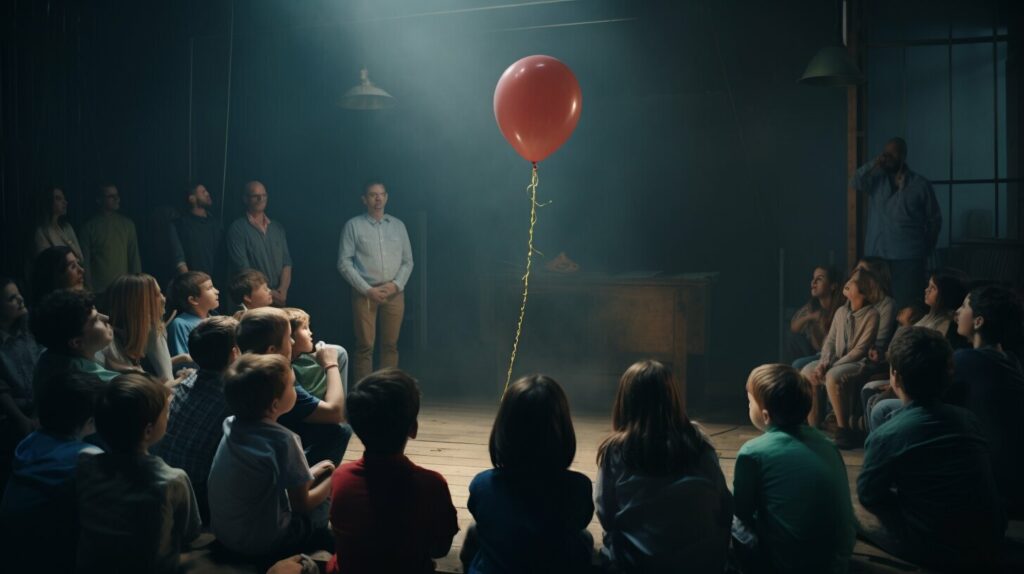
Real-Life Examples of Newton’s Second Law
Newton’s Second Law is not just a theoretical concept – it has practical applications in our daily lives. Here are some real-life examples that demonstrate how the law works:
| Example | Description |
|---|---|
| Soccer Ball | When you kick a Soccer Ball, the amount of force you apply determines how far the ball will travel and how fast it will go. The ball’s mass also affects its motion – a lighter ball will require less force to move than a heavier ball. |
| Swing Set | When you push someone on a swing, you are using force to set the swing into motion. The higher you push, the faster the swing will go. The swing’s mass also affects its motion – a heavier person will swing more slowly than a lighter person. |
| Car | When you press down on the gas pedal of a car, you are increasing the force that moves the car forward. The car’s mass also affects its motion – a heavier car will require more force to accelerate than a lighter car. |
These examples illustrate how an understanding of Newton’s Second Law can help us predict and control the motion of objects in our environment.
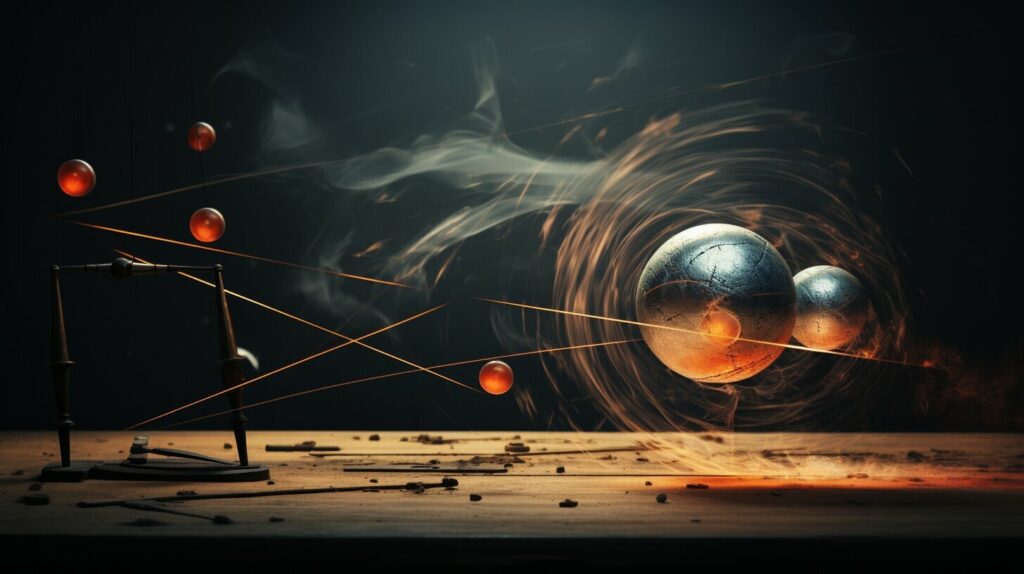
Newton’s Second Law in Space
Did you know that Newton’s Second Law also applies to the movements of objects in space? In space, there is no air resistance, so objects move differently than they would on Earth. This means that astronauts and spacecraft must rely on the principles of physics, including Newton’s Second Law, to navigate and move in space.
One important example of Newton’s Second Law in space is in the way spacecraft change their speed and direction. In order to do this, they use thrusters that expel gas out of the back of the craft. According to Newton’s Third Law, for every action there is an equal and opposite reaction. This means that when gas is expelled out of the thrusters, the craft is propelled in the opposite direction. By controlling the direction and force of these thrusters, astronauts and spacecraft can navigate in space.

Astronauts also experience the effects of Newton’s Second Law in their own movements. Because there is no gravity in space, objects do not naturally move at a constant speed. This means that when an astronaut pushes off from one surface, they will continue moving in that direction until they encounter another surface or object. The force they exerted to push off in one direction is the same force that propels them in the opposite direction, according to Newton’s Second Law.
Understanding Newton’s Second Law is crucial for space travel and exploration. By applying this law, scientists and engineers are able to design and operate spacecraft and equipment that can withstand the challenges of space. It also helps astronauts to move and navigate effectively while conducting experiments and research.
Recap and Review
Congratulations! You now have a strong understanding of Newton’s Second Law and how it relates to force, motion, and everyday objects. Let’s quickly recap what we’ve learned:
- Newton’s Second Law: This law states that an object’s acceleration is directly proportional to the force applied to it and inversely proportional to its mass. It can be represented by the equation F = ma.
- Force and Motion: Force is a push or pull on an object, while motion is a change in an object’s position. The direction and strength of force affect an object’s motion.
- Visualizing Newton’s Second Law: Visual aids such as diagrams and illustrations can help children understand how different forces can affect the motion of objects.
- Real-Life Examples: Everything from playing on a playground to driving a car involves the principles of Newton’s Second Law.
- Fun Experiments: Simple experiments can help children observe and understand Newton’s Second Law in action.
- Newton’s Second Law in Space: Even astronauts and spacecraft use the principles of Newton’s Second Law to move and navigate in space.
Reflect on what you’ve learned and consider how you can apply it in your daily life. Experiment with different forces and objects to see Newton’s Second Law in action. Keep exploring science with your children and nurturing their curiosity about the world around them!

Conclusion
Congratulations! You are now equipped with the knowledge to explain Newton’s Second Law to children in a simplified and engaging manner. By breaking down complex concepts using relatable examples and visuals, you can help children understand the relationship between force and motion in a fun and interactive way. Remember to encourage children to think critically about physics concepts and continue exploring science with them.
Introducing children to physics at an early age fosters their curiosity about the world around them and prepares them for future learning. By nurturing their interest in science, you can inspire the next generation of physicists, engineers, and astronauts! Keep learning and exploring, and never stop asking questions.
What is the Best Way to Teach Kids about Inertia in a Fun and Easy Manner?
When it comes to teaching kids about inertia in a fun and easy manner, here are some valuable tips for explaining inertia to child. Starting with hands-on experiments and demonstrations can engage their curiosity and understanding. Utilizing toys, such as a rolling ball or a spinning top, can help children visualize how objects resist changes in their motion. Incorporating storytelling and relatable examples, like a sliding book or a swinging pendulum, can make the concept more relatable and enjoyable. Additionally, using interactive games or online resources can provide a playful approach to learning about inertia.
FAQ
Q: What is Newton’s Second Law?
A: Newton’s Second Law states that the force acting on an object is directly proportional to its mass and acceleration. In simpler terms, it means that the harder you push or pull something, the faster it will accelerate.
Q: How can I explain Newton’s Second Law to a child?
A: You can explain Newton’s Second Law to a child by using relatable examples. For instance, you can ask them to imagine pushing a heavy box and then a lighter box with the same force. The heavier box will take more effort to move because it has more mass, demonstrating how force and mass affect acceleration.
Q: Why is it important to understand Newton’s Second Law?
A: Understanding Newton’s Second Law is important because it helps us understand how objects move and interact with each other. It provides the foundation for understanding the laws of motion and allows us to explain various phenomena in our everyday lives, from sports to transportation.
Q: Can you give some real-life examples of Newton’s Second Law?
A: Sure! Newton’s Second Law can be seen in action when a football player kicks a ball, when a car accelerates, or when a person jumps off a diving board. In each of these scenarios, the force applied determines how fast or far the object or person will move.
Q: Are there any fun experiments to demonstrate Newton’s Second Law?
A: Absolutely! You can conduct simple experiments like using a rubber band and small toy car to observe how changes in force affect the car’s acceleration. Another fun experiment involves blowing up a balloon and letting it go, seeing how the force propels it forward.
Q: How does Newton’s Second Law apply to space exploration?
A: Newton’s Second Law is crucial in space exploration. Astronauts and spacecraft utilize the law to change their velocity or direction. By applying force in a specific direction, they can move and navigate in space, allowing for missions to other planets and beyond.
Q: Why is it important to teach physics concepts to children?
A: Teaching physics concepts to children helps develop their critical thinking skills and encourages curiosity about the world around them. It lays a strong foundation for scientific understanding and may even inspire them to pursue careers in science, technology, engineering, or mathematics.




